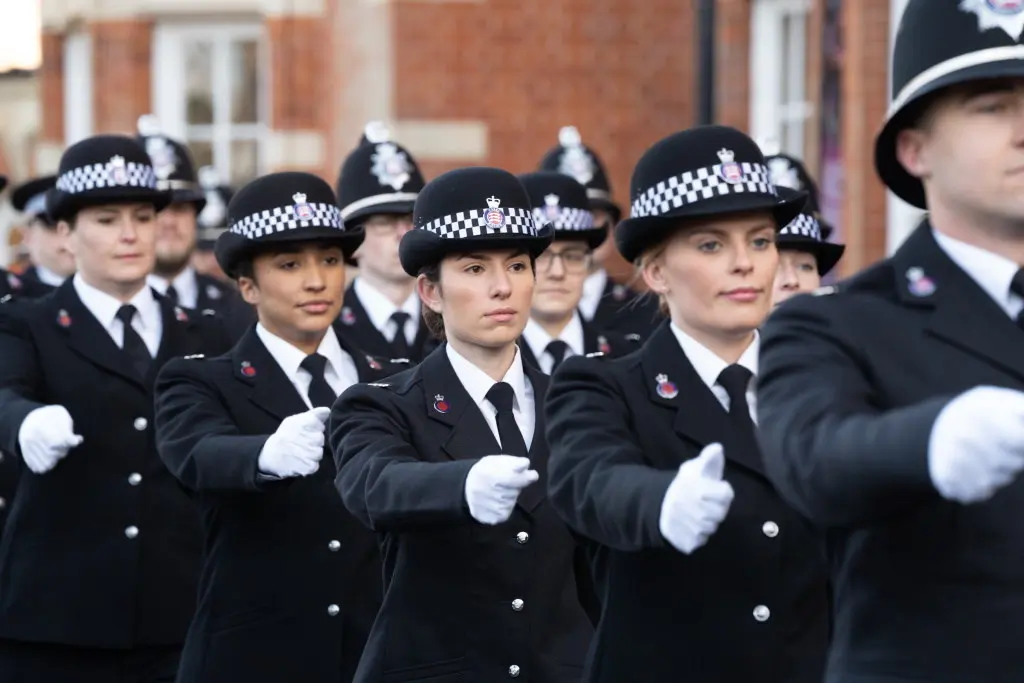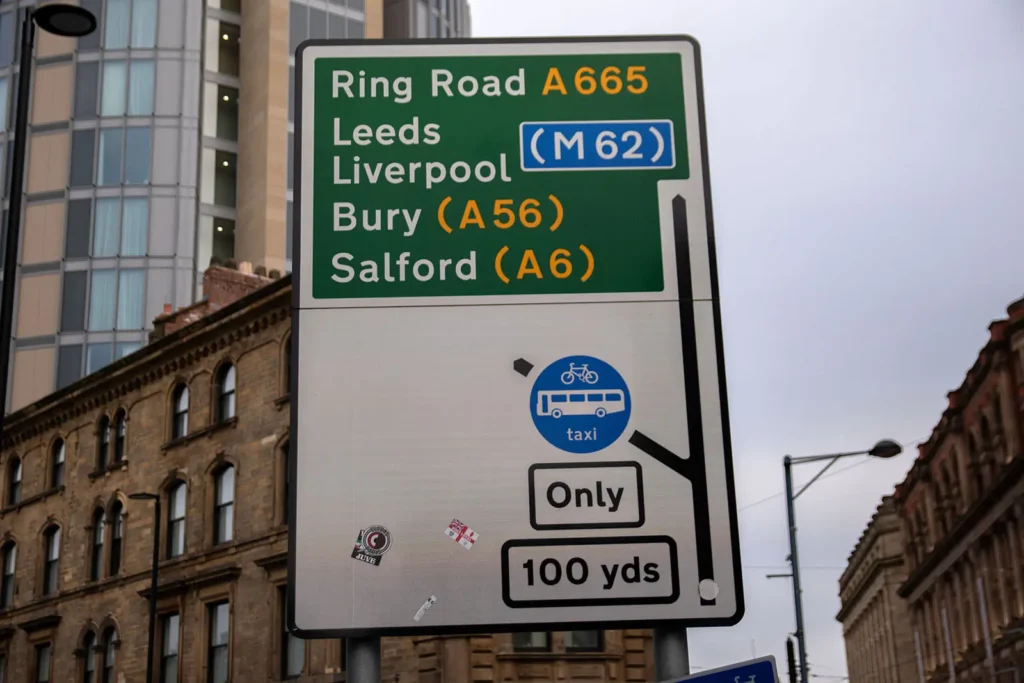The day-to-day effectiveness and efficiency of a police service depends on the experience and expertise of its officers. The England and Wales police workforce has seen significant fluctuations in leavers and joiners, and the volume of leavers in 2022/23 is the highest since comparable records began.
In the year ending 31 March 2023, a record 16,238 full-time equivalent (FTE) police officers joined the 43 police forces in England and Wales, but over 9,000 FTE police officers also left – a record rate of 6.6%1.
Concerns on diminishing experience
With such a large number of police officers joining and leaving, the proportion of newer officers is climbing. 36% of officers in England & Wales now have less than 5 years service, which has increased from 14% of officers in 20162. That proportion is believed to be significantly higher for frontline roles, where new joiners start their careers.
Experienced frontline police officers are more likely to have honed their local knowledge through years of policing the same area. Their experience helps ensure quick and efficient responses during emergencies and improves the chance of a positive outcome attending to emergency situations3.
Last year’s report from HMICFRS (His Majesty’s Inspectorate of Constabulary and Fire & Rescue Services) on the Metropolitan Police confirms “Opportunities for staff to learn from experienced officers are being lost as many staff join specialist units soon after they finish their probationary period”4. The loss of experienced personnel means fewer individuals with extensive knowledge of the intricacies of their role and the communities they serve.
“While all will have been thoroughly trained, you can’t put a price on experience. The growing number of novice officers is a real concern.
Young officers learn on the beat”David Spencer - Centre for Crime Prevention
Tools to help
While there are no quick fixes for broader workforce challenges, there are some simple ways to help the frontline.
1. Legislation
Everyone has gaps in their knowledge, and with fewer experienced colleagues to call-upon, how is an officer going to establish whether the drone pilot they’ve been called to is breaking the law?
Can your frontline officers easily access PNLD on the street?
Alternatively, Pocket Sergeant is a mobile app that contains regularly updated source of easily digestible legislation and checklists designed for frontline use.
2. Multi-agency response
There is one single crewed unit available to attend an incident that needs multi-agency coordination.
In a fluster the officer is likely to confuse the definition of a major incident from a critical one, and despite being trained to remember the ‘METHANE’ acronym, all they can think of is the greenhouse gas.
The JESIP app includes useful prompts and checklists for just an occasion.
3. Navigation
The combinations of a workforce unfamiliar with local shortcuts, resources stretched across larger areas, and increasing numbers of traffic restrictions mean that just getting to an incident efficiently can be a significant challenge.
Implementing an effective navigation solution for frontline officers helps to ensure timely arrival to emergency calls, and ultimately improve outcomes and public confidence.
With specialist Blue Light Routing and other features that have been developed by a team with frontline experience, Blue Light Maps can help.
References
- Home Office. National statistics – Police workforce, England and Wales: 31 March 2023. Available from: https://www.gov.uk/government/statistics/police-workforce-england-and-wales-31-march-2023/police-workforce-england-and-wales-31-march-2023#promotions-joiners-and-leavers
- Home Office. National statistics – Police workforce, England and Wales: 31 March 2016. Available from: https://assets.publishing.service.gov.uk/government/uploads/system/uploads/attachment_data/file/544849/hosb0516-police-workforce.pdf
- Jordi Blanes i Vidal and Tom Kirchmaier. The Effect of Police Response Time on Crime Detection, 2015. Available from https://personal.lse.ac.uk/blanesiv/DetectedResponse.pdf
- HMICFRS. Police effectiveness, efficiency and legitimacy: An inspection of the Metropolitan Police Service, 2021/22. https://www.justiceinspectorates.gov.uk///hmicfrs/wp-content/uploads/peel-assessment-2021-22-metropolitan.pdf







